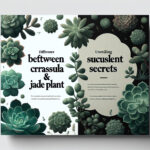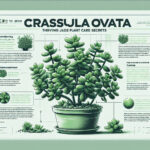Introduction: The Versatile Jade Plant
Imagine a plant so robust and adaptable that it affords gardeners the joy of lush greenery whether inside by a sunny window or outside, nestled in a vibrant garden. Enter Crassula ovata—the plant with an uncanny ability to mesh with the dynamic worlds of both indoor and out. Commonly known as the jade plant, this succulent has charmed its way into the hearts of plant enthusiasts the world over. Its plump, jade-green leaves stand as a beacon of optimism, promising growth and resilience.
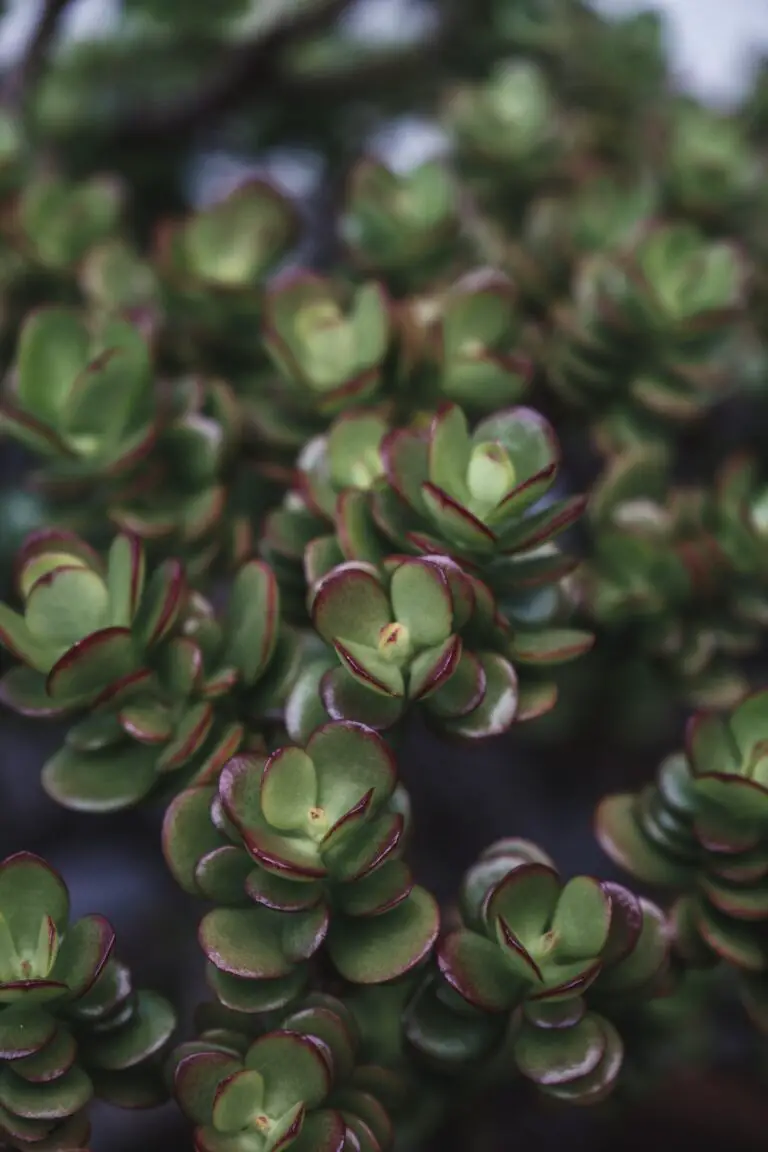
Now, the question that begs our attention is not merely if jade plants can survive outside, but if they can thrive. As we peel back the layers of urban gardening tales and tried-and-true horticultural practices, we discover a world where Crassula ovata not only endures but flourishes under the open sky. Like an adaptable character in a story of survival and prosperity, the jade plant can indeed rise to the occasion, challenging the assumption that its spirit is contained by four walls.
The journey of understanding jade plant care transcends the boundaries of the indoor plant pot, inviting us to explore how these verdant treasures can enhance our outdoor spaces. Keen to know the secrets to a thriving Crassula ovata in your very own slice of nature? Look no further, as we guide you through unlocking the garden secrets of jade plants.
For more insightful garden tips for your succulent companions, consider reading this detailed guide that unveils best practices for nurturing several succulent varieties, including our star, the Crassula ovata.
With a thoughtful approach and a little insight into the conditions that jade plants favor, you may be rewarded with a robust outdoor display that speaks of your care and dedication. Thus, our exploration into whether Crassula ovata can be a signature of your outdoor sanctuary begins.
Understanding Crassula Ovata: A Brief Overview
Imagine a small, enduring survivor thriving quietly in the corner of your living room. This is Crassula ovata, more affectionately known as the jade plant. Originating from the rocky landscapes of South Africa, this plump and glossy evergreen has charmed its way into our hearts and homes. Often celebrated as a symbol of good luck, the jade plant has become a staple in households worldwide, favored for both its ease of care and its serene aesthetic.
The jade plant’s resilience is legendary. With a little sun and sporadic water, it stands tall, its meaty leaves teeming with water reserves to withstand droughts that would wither lesser species. Such hardiness makes it a popular choice for both novice and experienced plant keepers. Its woody stems and vibrant green leaves, which can blush with a hint of crimson when kissed by the sun, add a splash of color to any room or garden.
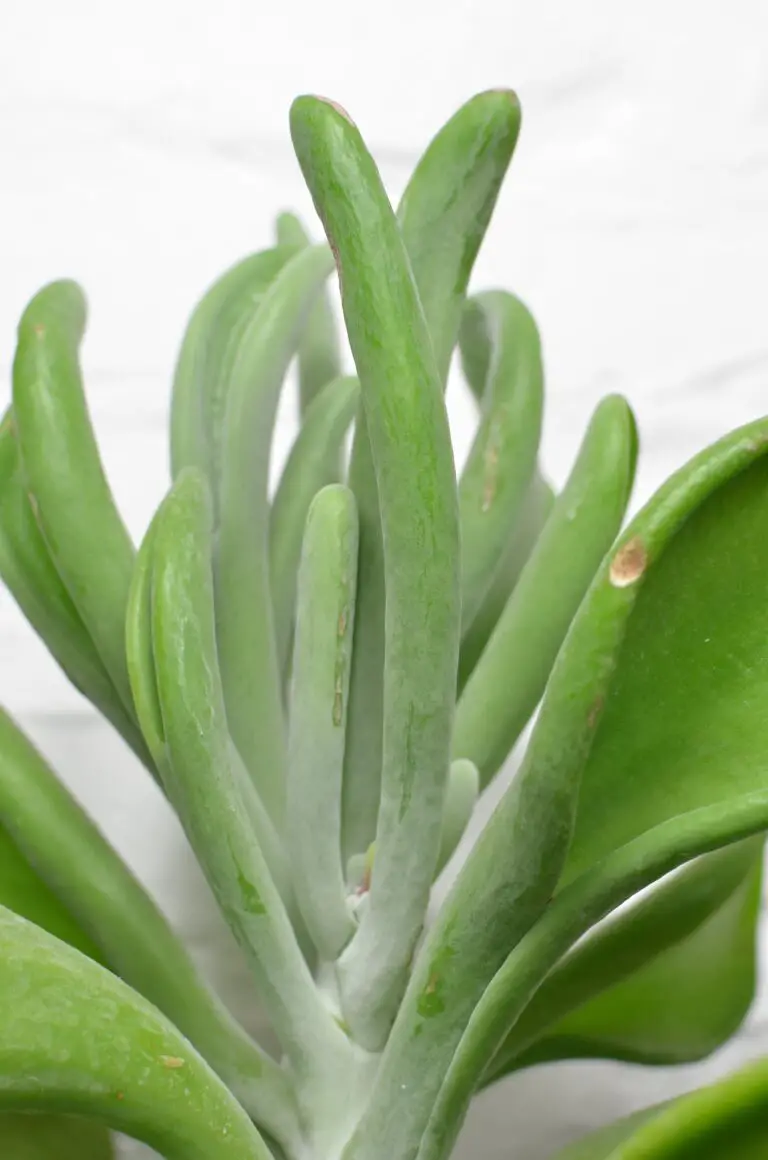
In the wild, Crassula ovata basks in the sun-drenched cliffs of its native land. This robust plant’s adaptability allows it to flourish in rocky crevices where other plants might falter. But it’s not just in the untamed wilderness that these succulents shine; they are equally at home basking on a sunny windowsill or anchoring a mixed dish garden. The versatility of the jade plant, coupled with its minimal care requirements, prompts a question many enthusiasts ponder: can this quintessential houseplant transition to the great outdoors? With its penchant for a temperate climate and bright light, the answer may surprise you.
As modern living draws us increasingly indoors, the jade plant stands as a verdant reminder of nature’s tenacity, bringing a touch of the wild into our urban dwellings. It’s a living sculpture that appeals to the minimalist and the collector alike, flourishing with the simplest of touches. In the bustling dance of day-to-day life, Crassula ovata is a steadfast companion, teaching us the beauty of growth and the power of resilience—one sun-soaked leaf at a time.
Outdoor Hardiness: Can Jade Plants Survive Your Climate?
When considering the resiliency of the Crassula ovata, commonly known as the jade plant, gardeners often wonder whether this succulent can brave the elements outside the cozy confines of an indoor pot. The key to unlocking this garden secret lies in understanding the hardiness zone requirements.
Crassula ovata has a remarkable adaptability that allows it to thrive outdoors, but only within certain climates. It revels in the comfort of USDA hardiness zones 10 to 11 – territories where the mercury rarely dips below 30°F (-1°C). In these regions, it can bask in the glory of the open sky, with temperature ranges typically staying between 50-75°F (10-24°C). But what about regions with less predictable personalities?

Jade plants demand a stage with full sun exposure, though they are willing to tolerate light shade. They crave the spotlight for 4-6 hours daily. If you’re flirting with the idea of escorting your jade to the outdoor theater, you must also waltz with weather conditions into account – favoring areas sheltered from harsh winds and heavy rains. Trivia time: Did you know that in their native habitat, jade plants can grow up to 10 feet tall? That’s a testament to their love for perfect outdoor settings!
Many succulent enthusiasts find that proper care can foster a jade plant’s successful transition to the outdoors, such as this guide that elaborates on the perfect conditions and attention these plump-leafed beauties require. But what if you live in cooler, less forgiving climates? Not all is lost! With some ingenuity and by emulating the climate of a jade’s dreams (think mild, dry, and jolly), you could choreograph a backyard oasis in zones 8 to 9, typically by employing protective measures such as container gardening and winter shelters.
For urban gardeners navigating the concrete jungle, a terrace or balcony might suffice as your jade’s personal Eden, assuming you’re vigilant against frosty nights. A potted Crassula ovata can be easily whisked to safety, keeping its spirits and foliage aloft. In contrast, those in more rustic or temperate climes might need to cultivate their jade endeavors in pots, granting them a seasonal migration inwards when the chill arrives.
While exploring the potpourri of succulent care, understanding your local climate and preparedness to mimic the jade’s preferred conditions are the yin and yang of outdoor hardiness. Now that you know the climate compatibility play, is your garden prepped to charm the vivacious Crassula ovata under the sun?
From Indoors to the Great Outdoors: Acclimation Tips
So, you’ve decided to take the plunge and let your indoor Crassula ovata, affectionately known as the jade plant, bask in the glory of the sun’s full spectrum. Indeed, your leafy friend can live outside, but to make this transition a success, the key is in the slow introduction to the wilds of your garden. Let’s get those green thumbs working to ensure your jade plant doesn’t just survive but thrives under the open sky!
Understanding the Stakes: Why Gradual Acclimation is Critical
Imagine lounging in a shaded spa and then, without warning, finding yourself in a desert marathon. That’s what it’s like for your jade plant to move from indoors to outdoors without proper acclimation. The shock from sudden changes in temperature, light, and humidity can send your jade plant into distress, hindering its growth or even risking its survival. The trick is to treat the process like a slow dance, with each step carefully calculated.
Step-by-Step: Acclimating Your Jade Plant
Now, let’s talk strategy. Begin by placing your jade plant in a sheltered outdoor area, perhaps one that receives filtered sunlight or light shade. Think under a tree or a covered patio. This gentler environment will be the first chapter in its outdoor adventure. After a week of these short, daily outings, you can increase the time and gradually expose your jade to more direct sunlight.
Remember, the goal is not to rush. Take cues from your plant. If you notice any signs of sunburn—yes, plants can get sunburned too, characterized by brown or white spots on the leaves—it’s time to take a step back and reduce exposure.
Meanwhile, consider the temperature. Jade plants are comfortable in the same temperature range that appeals to humans. If it’s a pleasant day for you to lounge in the garden, it’ll be a great day for your plant as well. However, be mindful of the mercury’s dip; these succulents prefer not to shiver in temperatures below 50°F (10°C).
To cap it off, consider the impact of rain. While jade plants need less watering than most, their fleshy leaves storing ample moisture, too much rain can lead to root rot. So, if your locale is known for spontaneous showers, keep an eye on the forecast and be ready to provide some shelter if the clouds start to gather.
Patience is your ally in this endeavor. With each gentle step of acclimation, your jade plant will grow stronger, ready to embrace the elements with robust health. Keep a watchful eye, move at a pace that suits your plant, and soon you’ll see your indoor companion transform into an outdoor marvel, just as at home in the fresh air as it was on your windowsill.
Sunlight and Shade: Finding the Balance for Outdoor Jade Plants
The Jade Plant, scientifically known as Crassula ovata, is a sturdy succulent that has charmed gardeners worldwide with its easy-care demeanor and luscious green leaves. Imagine it as a miniature tree that has mastered the art of elegance in your garden. But does it have what it takes to thrive beneath the open sky, with the sun playing its golden harp on the leaves? Let’s pluck some chords of wisdom and uncover how Crassula ovata basks in the great outdoors.
First off, it’s important to strike the right chord with sunlight — too much, and your Jade Plant might get a sunburn; too little, and it may lose its vibrant rhythm. A perfectly tuned location strikes a balance, offering bright, indirect light that fuels the plant’s growth without scorching its leaves. Picture a spot that receives gentle morning sunlight, then waltzes into the soft shade in the afternoon; that’s your Jade Plant’s concert hall.
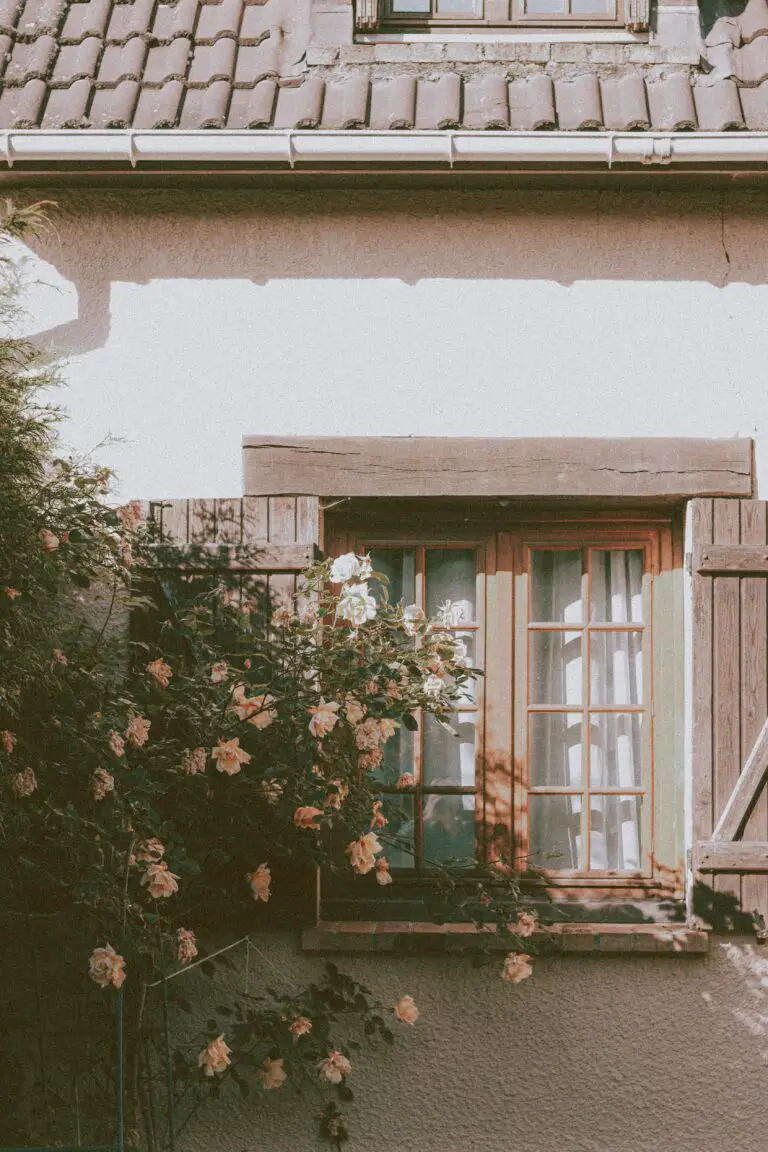
Envision a garden bed that’s partly shielded by taller plants — this natural canopy provides a dappled light that mimics the native habitats of Crassula ovata. Here, our green friend can stretch out, photosynthesizing at a pace that’s just right. You could even take cues from outdoor cafe patios, where the plants enjoy the sun filtered through an umbrella’s canvas — a strategy to protect your Jade Plant from a sun overdose.
Knowing that midday sun is the Zorro of rays — sharp and intense — you might want to position Crassula ovata in a location that is shaded during those times. This is where garden design plays a lovely tune with practicality. A movable pot could be your maestro’s wand. With it, you can conduct the symphony of sunlight, moving your Jade Plant to the rhythm of the day.
Finally, let’s not forget a common guest in our gardens — the weather. If the sun’s out with its baking hat on or a heatwave is on the horizon, consider a temporary retreat for your potted Jade Plant. Let it vacation in the coolness of a shade cloth or nearer to home under a porch, ensuring its leaves remain as luscious as a rainforest canopy.
Every garden is unique, playing its own tune in the great outdoors. Yet, amidst the variety, a constant remains — the quest for balance. For Crassula ovata, this balance lies in that golden spot where sunlight plays a mellifluous tune and shade steps in just before the crescendo. Find this, and watch your Jade Plant conduct its own botanical symphony in your garden.
Watering and Feeding: Outdoor Care Regimen for Crassula Ovata
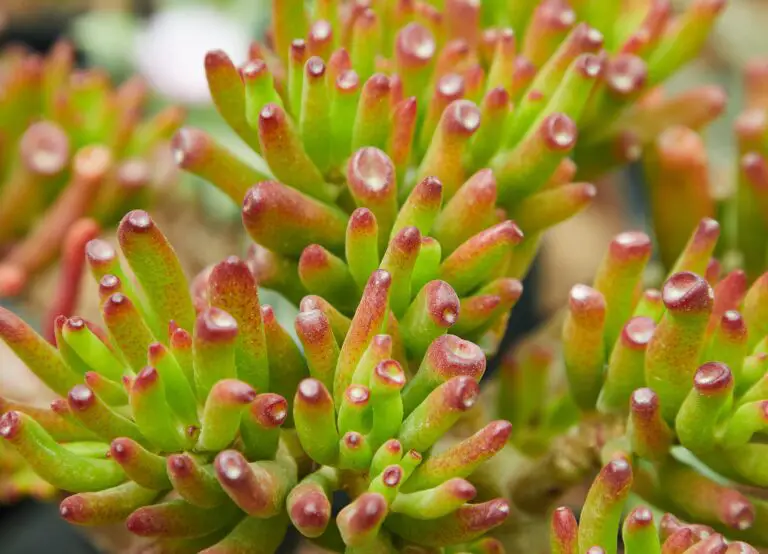
When you transition your jade plant, the sturdy and luscious Crassula ovata, from the cozy confines of your home to the great outdoors, you’re not just changing its address—you’re offering it a whole new lifestyle. Think about it like moving from a predictable apartment to a home with a yard that’s exposed to the elements—it’s exhilarating, but it needs a shift in how you care for it.
Outdoor jade plants are adventurers at heart, but even they need the right balance of water and nutrients to flourish under the open sky. When our green buddies bask in the natural sunlight and have room to stretch their roots, they also face Mother Nature’s mood swings. The amount of water your outdoor Crassula ovata needs hinges on the local rainfall and how fast water evaporates in your garden’s microclimate.
No more following a strict indoor calendar for watering. Instead, play detective—check the soil’s moisture and only water when it feels dry a couple of inches down. It’s like checking if the cake is done, but for your plant. And when a downpour does the job for you, skip the watering can dance for a day or two. Just don’t let it sit soggy, or it’ll get the root-rot blues.
Now, about the food—it’s time to talk fertilizer. Growing outdoors, your jade plant devours nutrients faster than it did indoors, thanks to all that extra energy it’s soaking up from the sun. Don’t overdo it, though; a balanced, water-soluble fertilizer will do the trick, every now and then during the growing season. Imagine a small side salad compared to a full-blown feast—that’s the kind of supplement your jade is looking for.
And remember, every outdoor Crassula ovata has its own rhythm. Keep an eye on its growth, the changes in weather, and be ready to adjust your watering and feeding accordingly. It’s like keeping up with a friend who’s just moved to a new city—check in often, and you’ll help them thrive in their new environment.
Bracing for the Cold: Overwintering Strategies
When the mercury dips and a chill enters the air, avid gardeners might worry about their outdoor verdant friends—particularly the Crassula ovata, or Jade Plant. Famously resilient, yet vulnerable when frost threatens, this succulent requires a mindful approach to overwintering. Let’s dig into some real-life strategies that have helped Jade Plants not just survive, but flourish, during the nippy season.
Insulation is the gardener’s cozy blanket for plants. Whether it’s heaping a thick layer of straw around the base or wrapping the pot with burlap, these tactics are akin to us donning our wooliest sweaters. Some enthusiasts go a step further, creating windbreaks out of evergreen boughs or erecting temporary plastic cloches that act like mini-greenhouses—trapping in warmth and fending off the biting frost.
For gardeners facing harsher winters, temporary relocation might be the ticket to overwintering success. Imagine a Jade Plant’s journey from a breezy outdoor nook to a sunny indoor ledge. Here, rehomed among toasty room temperatures, it continues to prosper, the cold outside reduced to a mere frosty painting on the other side of the glass.
Crafting microclimates is another savvy move pulled straight from Mother Nature’s playbook. Savvy gardeners often use the thermal mass of large stones or bricks, which absorb heat during the day and release it slowly overnight, keeping our leafy friends snug. It’s like having radiant floor heating but for your garden! Sometimes, even positioning plants close to a south-facing wall can make a significant difference, offering both shelter and reflected warmth.
Watch and learn as one determined green thumb shares their time-lapse journey of overwintering a Crassula ovata. The dedication and methods showcased here illuminate the tangible rewards of hands-on care and attentiveness during the colder months. It’s incredible to witness perseverance and love for plants captured on film, magnifying the magic of successful overwintering.
As gardeners, we must act as guardians against the frost, providing Crassula ovata with the protection it needs. Using insulation, exploring relocation options, and creating microclimates aren’t just actions—they’re a nurturing dialogue with nature, a testament to our resolve to help these incredible plants live magnificently outside.
Common Challenges and Solutions for Outdoor Jade Plants
While the robust Crassula ovata, known affectionately as the Jade Plant, can indeed live outside, it’s not without its set of unique challenges. Here, we’ll dive into the perils that threaten our sturdy botanical friend when it sets roots in the great outdoors, and arm you with the arsenal you need to keep your green companion thriving.
Battling the Bug Brigade
First on the list of assailants are pesky pests. Aphids, spider mites, and mealybugs are the usual suspects that might fancy a taste of your jade plant. Take, for example, Mrs. Johansson’s jade plant from next door. What was once a luscious emerald beacon was turned into a buffet for a mealybug mob until she introduced neem oil into her gardening routine. A few spritzes later, the bugs bid adieu, and the jade was jubilant once more.
Fending Off Fungal Foes
Then, there are the stealthy diseases, with fungal infections leading the charge. Overly moist soil or leaves can beckon the onset of root rot or powdery mildew. Imagine Mr. Green’s horror when he woke up to his jade plant cloaked in a ghostly powdery film! Swift action is necessary—trimming the infected areas and employing a fungicide was his saving grace.
The Weather Woes
Environmental stress is another factor to consider. The jade plant is like that friend who loves the sun but turns into a pumpkin in the cold, so ensure you’re not leaving your leafy pal out during frost’s bite. If you’ve heard about the Great Freeze of ’09, you’ll remember the tales of jade plants turning to ice sculptures overnight. It’s a lesson in checking weather forecasts diligently and providing shelter when mercury takes a plunge.
Despite these common garden gripes, your Crassula ovata can flourish outside with a vigilant eye and proactive care. Keep those leaves dry, the pests at bay, and a watchful gaze on the thermometer, and you’ll be rewarded with a robust, resilient jade plant that can weather the storms—and the droughts—of outdoor living.
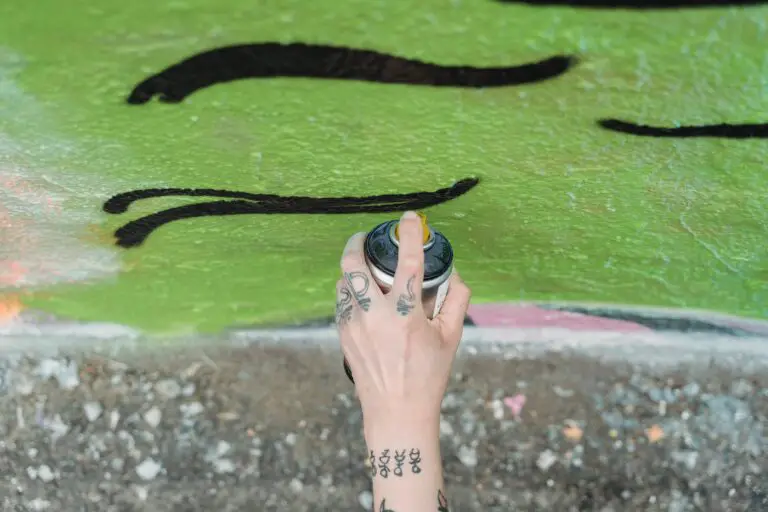
Amidst the challenges, seeing your jade plant thrive is like watching an artist turn a blank canvas into a masterpiece, a testament to the resilience of nature when paired with careful nurturing.
Real-Life Success Stories: Testimonials of Outdoor Crassula Ovata
For enthusiasts of the sturdy and charming Crassula ovata, commonly known as the Jade Plant, one question often arises: Can crassula ovata live outside? The anecdotal evidence resoundingly says, “Yes!” Let’s dive into the real-life accounts of green thumbs who’ve mastered the art of nurturing these succulents under the open sky.
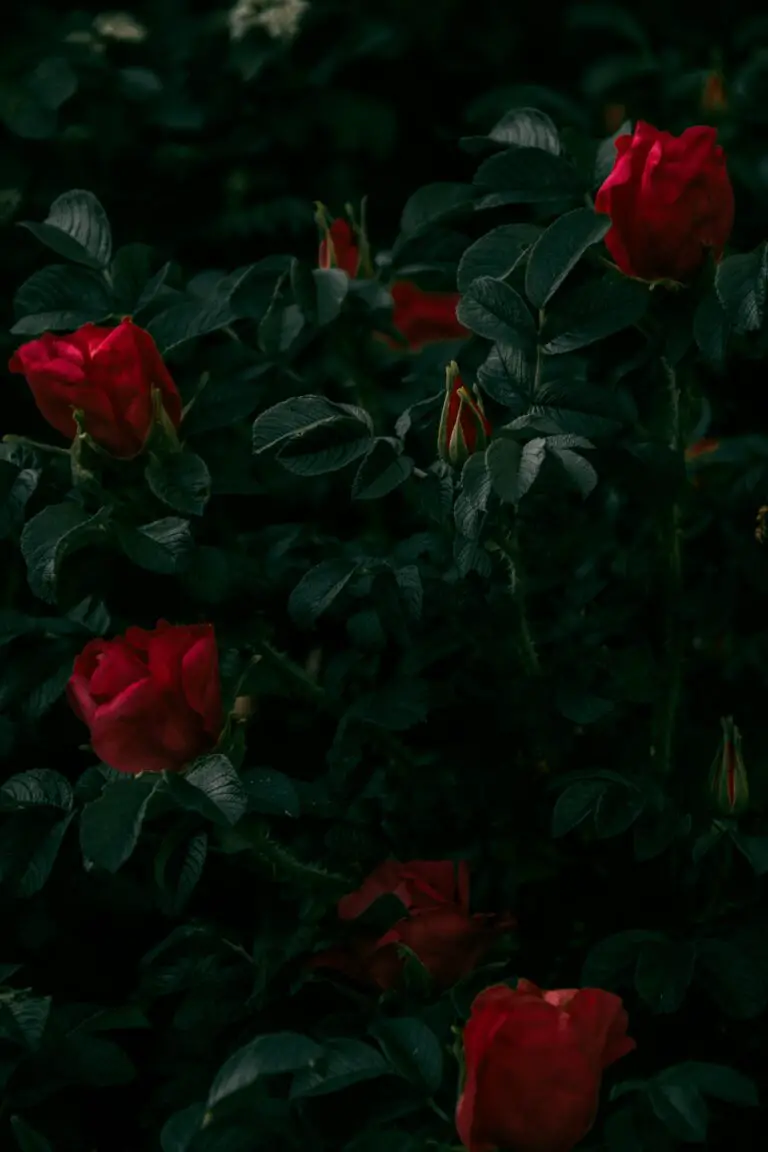
Take Sarah from coastal California, where the mild climate has allowed her to cultivate a majestic Crassula ovata in her rock garden. Her secret? “It’s all about acclimatization,” she shares. Sarah started with a small potted plant that she gradually exposed to outdoor conditions. Over time, her Jade Plant adapted and is now a focal point in her garden, basking in the partial sun.
The Urban Balcony Experience
Then there’s Alex in New York City who boasts a balcony lined with potted Crassula ovata plants. Surprisingly, these succulents have become his outdoor urban oasis. “People think you need a yard to garden,” he says with a chuckle. “My jades get about four hours of direct sun, and I shelter them during extreme weather. They love it out here, and so do I!”
Desert Dweller’s Delight
Moving over to arid environments, we meet Maria from Arizona, whose desert garden plays host to several mature Jade Plants. “They thrive in our desert heat with the right care,” she explains. “I ensure they’re planted in well-draining soil and water them sparingly. The intense sun here does the rest, and my Jades are the envy of the neighborhood!”
These testimonials demonstrate that with careful attention to their unique needs, Crassula ovata can indeed flourish outdoors. Whether confronted with sea breezes, cityscapes, or scorching heat, these resilient plants narrate stories of success that inspire even the most apprehensive gardeners to take their Jades out for a breath of fresh air.
Frequently Asked Questions
Is it a stroke of genius or gardening folly to move your treasured Crassula ovata outdoors? Let’s dive into the verdant world of the Jade Plant and unravel the mysteries of growing it under the open sky.
Can Crassula Ovata Flourish in My Local Climate?
Imagine your robust Jade Plant, with its glossy, jade-green leaves, basking in the sunlight of your outdoor gardenscape. Such a vision can materialize if your local climate is akin to the Jade’s native realm—it thrives in arid, warm conditions, mimicking its South African origins. Beware, though; temperatures dropping below 50°F (10°C) are an invitation for trouble. If Jack Frost is a frequent visitor in your area, it’s safer for these succulents to sunbathe indoors or at least be given a cozy shelter when the mercury plunges.
What Should I Know About Seasonal Changes?
As the seasons turn, so should your attention to your outdoor Crassula ovata. During spring and summer, it’s in its element, soaking up the sun and the occasionally sparse rainfall, much like its time in the South African veld. But as autumn leaves begin to fall, consider this a signal to prepare your succulent for a less forgiving winter. A slow transition helps the plant acclimate—think of it as ‘hardening off’ before the first frost settles in.
Are There Companion Plants That Partner Well with Crassula Ovata Outdoors?
Companion planting with Crassula ovata isn’t just about creating a visually striking tableau; it’s a strategic dance in the garden. Pair your Jade with other sun-loving, drought-resistant comrades like lavender or salvia. These plant pals share similar watering needs and bask in the glory of the sun side by side. Furthermore, by grouping them together, you streamline your care routine—watering one means watering all, simplifying your life as a gardener.
To really get a sense of the Jade Plant in its outdoor habitat, let’s take a moment to watch a video that dives into the care of Crassula ovata, sharing tips and tricks that can turn your gardening efforts into a boast-worthy green oasis.
Got more burning botany queries on the tip of your trowel? Whether you’re wondering about the right soil mix or pondering pest control, remember that growing Crassula ovata outside can be a joyous journey. With a smidgen of knowledge and a scoop of enthusiasm, your green fingers can turn the great outdoors into a lush domain for your Jade Plant.


